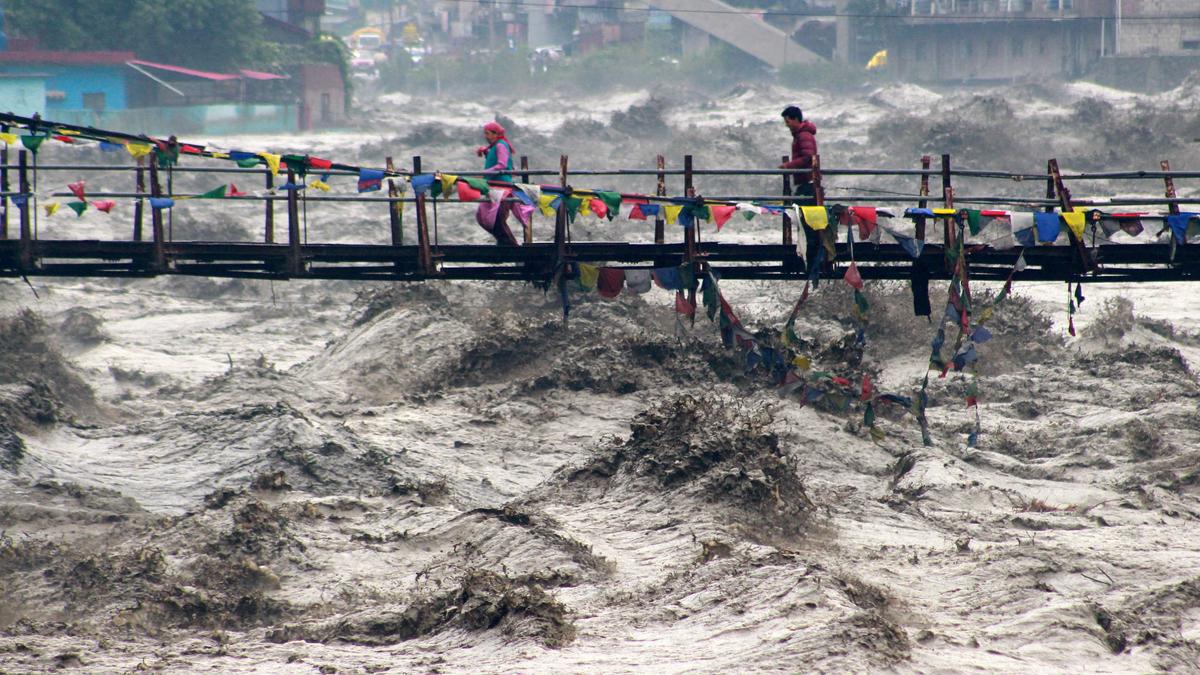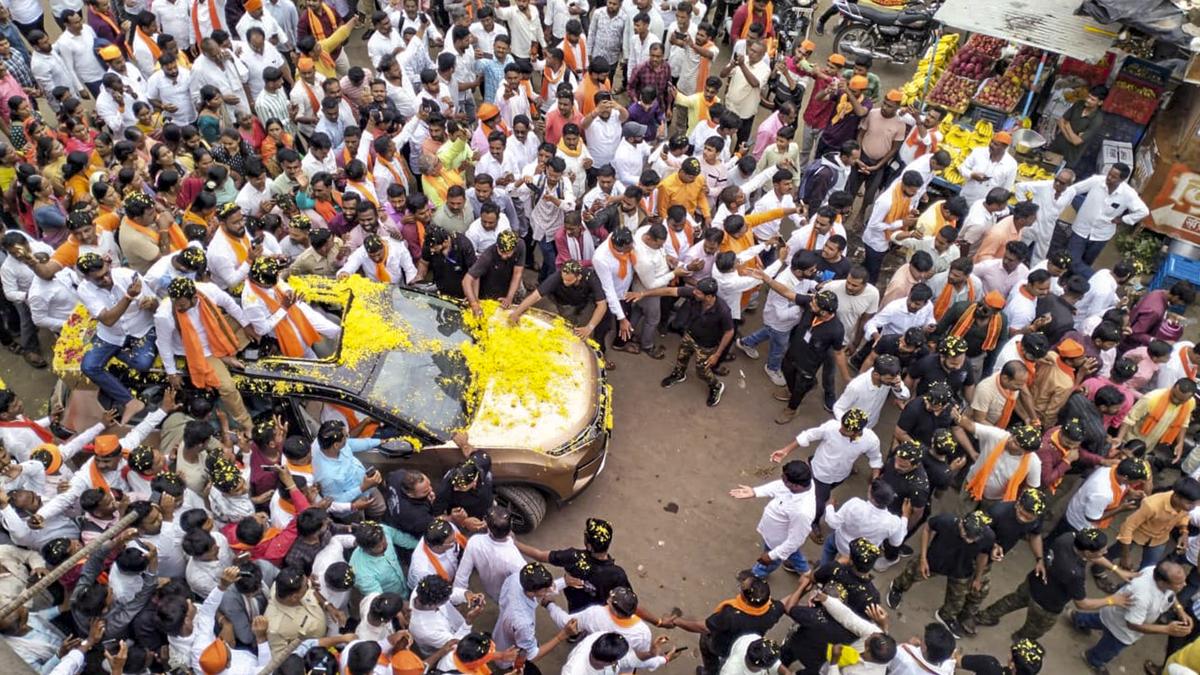Now Reading: Vaishno Devi Yatra Suspended After Landslip, Devotees Await Updates
-
01
Vaishno Devi Yatra Suspended After Landslip, Devotees Await Updates
Vaishno Devi Yatra Suspended After Landslip, Devotees Await Updates

Quick Summary
- Vaishno Devi Landslip: Yatra suspended due to landslide; 34 lives lost within a total death toll of 41 in Jammu & Kashmir floods.
- Jammu Heavy rains: Tawi River overflow has displaced over 6,000 residents and caused damage to homes, farmland, and livestock in Jammu region.Improved weather conditions reported today.
- Himachal Pradesh Floods: Chandigarh-Manali Highway blocked and a section washed away due to Beas River flooding; mandi-Kullu road link cut off.
- Delhi Waterlogging: Yamuna River crossed danger level with flood relief camps set up locally. Monsoon activity forecast strong till August 31 by IMD.
- Rajasthan Flood Aftermath: Villagers restoring normalcy while pointing at delayed government aid post-flood devastation in the Kota region.
- Hyderabad Advisory: Staggered work timings requested from IT companies after overnight rain caused waterlogging disrupts traffic movement.
- Red alert issued for Uttara Kannada district amidst heavy rains; holidays declared for schools across affected regions.
Image Sources:
- !1200/1000189696.jpg”>Hyderabad rainfall advisory
- !The Hindu’s live blog on India floods._
Indian Opinion Analysis
The widespread impact of torrential rains across multiple states highlights India’s vulnerability to erratic monsoonal shifts, exacerbated possibly by climate change effects as speculated globally. With critical infrastructure like highways submerged or washed away in Himachal pradesh and red alerts issued for districts like Uttara Kannada, preventive planning needs immediate acceleration including improved urban drainage systems and early warning mechanisms.
The tragedy unfolding at Vaishno Devi raises awareness not only about natural calamity but also the challenges faced by pilgrims during such unexpected disruptions-effective interaction protocols could have mitigated risks earlier.
Cities like Hyderabad facing water-induced transport paralysis reflect the need for urban policy revamps designed against continuous wet spells-integrating staggered or remote work plans into contingencies serves as a commendable move aligning tech hubs under evolving emergencies.
delayed intervention observed among replenishment zones around Rajasthan’s flooded villages signals governance gaps post-calamities-prioritizing agricultural sustenance alongside human crisis management remains pressing given underlying long-term food security dependencies linked here via yields annually destroyed routines repeated without breaking scalability safe-buffer-Clause-loop into reviewing!
























